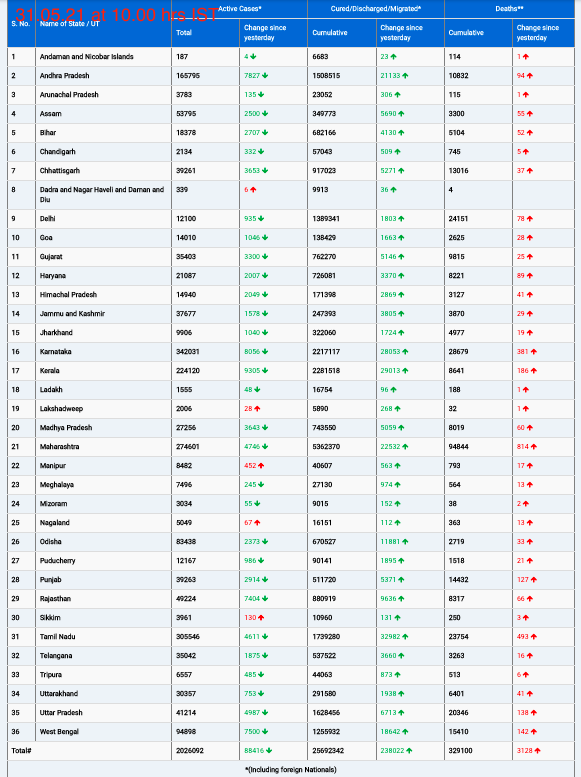San Francisco, CA — A groundbreaking study from Gladstone Institutes reveals how the APOE4 gene—the strongest genetic risk factor for Alzheimer’s disease—can drive harmful inflammation in the brain by altering the behavior of microglia, the immune cells responsible for clearing debris and patrolling for damage.
In a typical brain, microglia function as a cleanup crew, removing harmful proteins and debris. However, the presence of the APOE4 protein turns these cells into agents of inflammation, promoting the accumulation of misfolded proteins like amyloid and tau, both hallmarks of Alzheimer’s disease.
To explore this link, researchers developed a “chimeric” mouse model, which carries human APOE genes and includes transplanted human neurons that produce the APOE4 protein. This innovative approach allowed the scientists to mimic the effects of Alzheimer’s disease in the lab and track how APOE4 influences brain health over time.
Crucially, when scientists removed the microglia from these chimeric mice, the APOE4 protein ceased to trigger as many deposits of amyloid or tau. This finding underscores the role of microglia in the progression of Alzheimer’s in brains with the APOE4 gene, suggesting that therapies targeting either APOE4 levels in neurons or microglial activity could slow the disease’s progression.
“This study provides compelling evidence that drugs which reduce microglial activity or target APOE4 could offer a new path for treating Alzheimer’s,” said Dr. Yadong Huang, Senior Investigator at Gladstone. “Reducing the inflammatory response in microglia may help curb the accumulation of harmful proteins in the brain.”
Another key element of the study was the timing of the human neuron transplantation, which was done after the mice’s brains had matured. This design helped mimic late-onset Alzheimer’s disease, further validating the model’s relevance to human cases.
Previous research has established a link between APOE4 and increased amyloid plaques and tau tangles in Alzheimer’s. This study advances that understanding by showing that human neurons with APOE4 lead to an increase in both types of protein deposits as the chimeric mice age.
In another significant discovery, the scientists found that chimeric mice with human neurons lacking the APOE gene had notably lower levels of tau and amyloid aggregates. This difference suggests that APOE4 and microglia may work together to drive Alzheimer’s-related brain changes. When microglia were removed, the levels of amyloid and tau deposits declined significantly in the mice with APOE4 neurons.
This finding underscores the interplay between APOE4 and microglia as a central mechanism in Alzheimer’s, opening the door to targeted treatments. The study suggests that drugs aimed at reducing the inflammatory response in microglia or lowering APOE4 protein levels in neurons could be viable approaches to slowing the disease in APOE4 carriers.
The research, published in Cell Stem Cell, represents a promising leap forward in the quest to better understand and treat Alzheimer’s, especially for individuals carrying the APOE4 gene.











